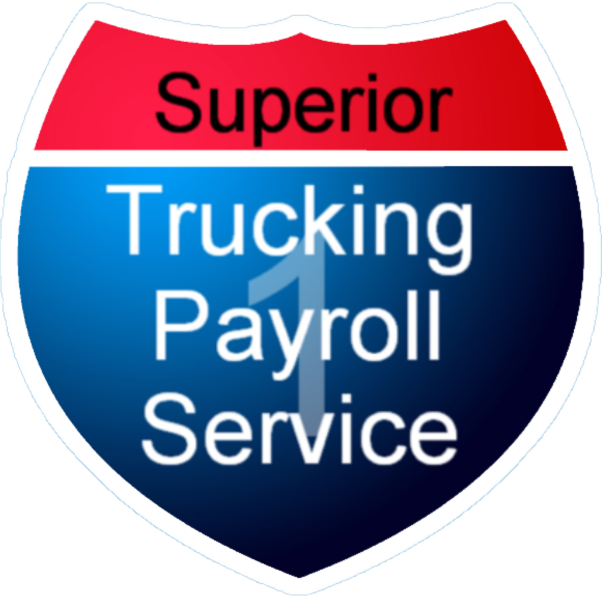Ways We Look Out for Your Business From operating accounts...
Read MoreDirect deposit is the most popular and convenient payment method that employers use for paying their employees. Instead of receiving a paper check, the money is deposited right into the employee’s bank account from the company by the use of ACH (automated clearing house network). This eliminates the need to go to the bank to cash the check or use the mobile app on a phone and wait a few days for the funds to come into the bank account. In this article, we will explain how direct deposit works, the advantages, disadvantages, and the steps to setting up and using direct deposit.

Steps on how direct deposit works:
Direct deposit is a method of electronic funds transfer (EFT) where an employer or payer deposits money directly into an employee’s or payee’s bank account. The process typically works as follows:
1. Enrollment: The employee or payee provides their bank account information to the employer or payer, and enrolls in the direct deposit program. This can typically be done by filling out a form or through an online portal.
2. Payroll processing: On the designated pay date, the employer or payer processes payroll and initiates the direct deposit transaction by transmitting the employee’s or payee’s net pay, along with their bank account information, to their bank.
3. Funds transfer: The employee’s or payee’s bank receives the direct deposit transaction and credits the funds to the specified account. This process can take just a few minutes, or up to a day or two, depending on the bank.
4. Confirmation: The employee or payee can verify the deposit by checking their bank account balance or viewing their bank statement.
Advantages:
Direct deposit is rated the most popular payment method. Over 93% of United States employees have chosen to be paid this way. It is quick, efficient, and convenient.
1. Funds are being transferred right into the employees’ accounts so there won’t be any time wasted depositing a check.
2. The employee would be able to use the money immediately because they wouldn’t have to wait for the check to be processed.
3. Since it is paperless, it’s also safer. Any important information that would have been on a check can’t get into the wrong hands.
4. Direct deposit can’t be destroyed or lost unlike a check.
5. There are no printing costs.
6. The employer doesn’t need to physically hand over the check to the employee, which makes things a lot easier for companies that have employees in other states, working remotely, on vacation, or are just too busy or forgetful to go to the bank.
Disadvantages:
1. If the employee doesn’t have a bank account, they would not be able to cash their pay checks without having to pay a fee.
2. If the company is using a payroll service there is a monthly fee and there might be some other fees for employees.
3. Sending in the payroll to be processed on the wrong day could land the employer a fee to get the employees their money on time or the pay would be late and the employees would be very upset. Especially the employees that are living paycheck to paycheck.
Bottom Line:
Overall, direct deposit is a convenient and efficient method of paying truck drivers. It offers automation, security, and flexibility while reducing the workload and costs associated with paper check issuance. It can be a win-win situation for both the company and the drivers as long as the company takes the necessary precautions to protect the drivers’ personal information. If your direct deposit question was not answered in this article, we have many more articles about direct deposit that you can click on below.
Tessa joined Superior Trucking Payroll Service in September 2022. She loves to write and make videos which made her a great asset to the team in her marketing position.
Before working at Superior Trucking Payroll Service she worked in IT at GVSU which gave her the skills to problem-solve with customers over the phone.
Contact Us!
Driver Retention Tips
One of the biggest problems for businesses in the world...
Read MoreHow to Avoid Payroll Errors and Penalties in the Trucking Industry
Are you tired of dealing with payroll issues in the...
Read MoreWhy Was No Income Tax Taken Out of my Paycheck?
Why Was No Income Tax Taken Out of my Paycheck?...
Read MoreUnderstanding Supplemental Payroll Fees: What They Are and Why They Matter
Are you a business owner trying to understand the complexities...
Read More
